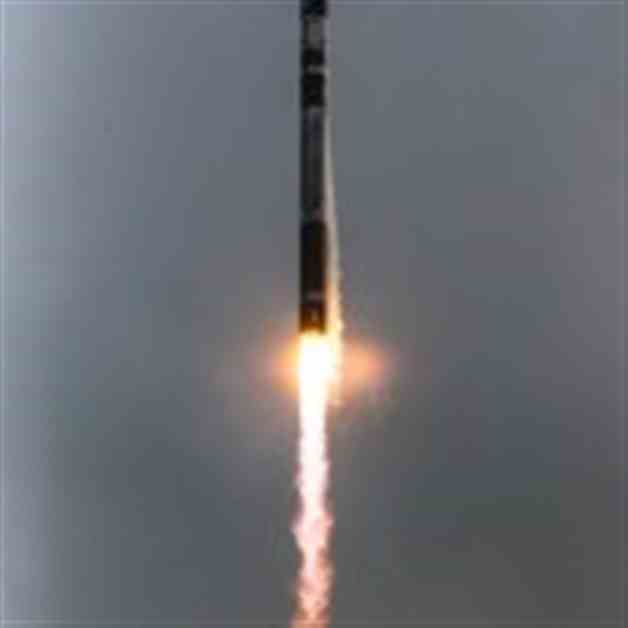NASA recently launched the second small climate satellite as part of the PREFIRE mission. The satellite, which is one of two shoebox-size cube satellites, was successfully launched from Rocket Lab’s Electron rocket in New Zealand. The goal of the mission is to study Earth’s poles and improve climate and ice models to help humanity adapt to a changing planet.
The PREFIRE mission will focus on understanding the balance of heat energy between the Sun and the Earth’s poles. By studying the far-infrared energy emitted from the Arctic and Antarctic regions, researchers hope to gain insights into how climate change is affecting the environment. The CubeSats will measure far-infrared wavelengths using advanced infrared sensors to provide valuable data on sea level rise, weather patterns, and changes in snow and ice cover.
The mission, which is expected to last 10 months, will help scientists better predict how Earth’s ice, seas, and weather will change in a warming world. By studying phenomena like cloud formation, moisture changes, and ice sheet melt, researchers aim to improve climate and weather models to prepare for the consequences of climate change.
NASA’s Launch Services Program, in partnership with the Earth System Science Pathfinder Program, provided the launch service for the PREFIRE mission. The mission was jointly developed by NASA and the University of Wisconsin-Madison, with NASA JPL managing the mission and providing the necessary spectrometers. Blue Canyon Technologies built the CubeSats, and the University of Wisconsin-Madison will process the data collected by the instruments.
Overall, the PREFIRE mission represents an important step forward in our understanding of Earth’s polar regions and their role in regulating the planet’s energy budget. By studying far-infrared emissions from the poles, researchers hope to make more accurate predictions about climate change and help people around the world adapt to a warming world. To learn more about the PREFIRE mission, visit NASA’s official website.
















